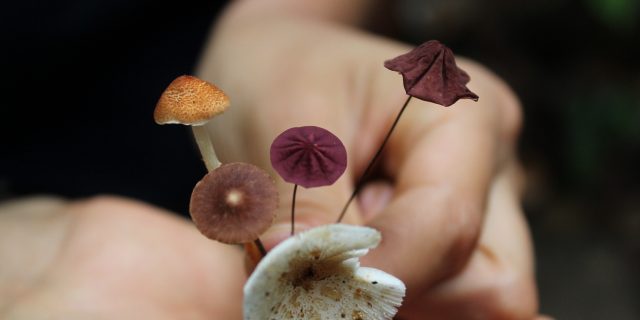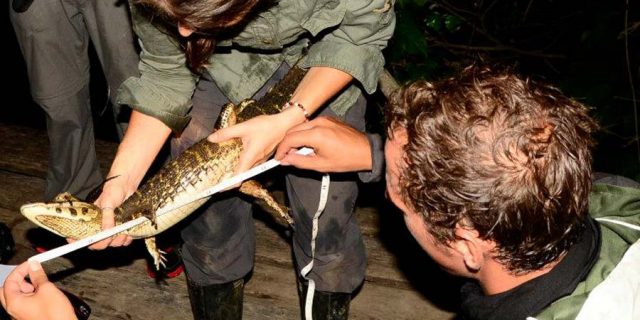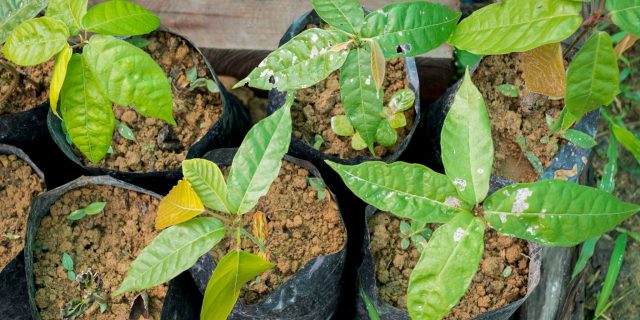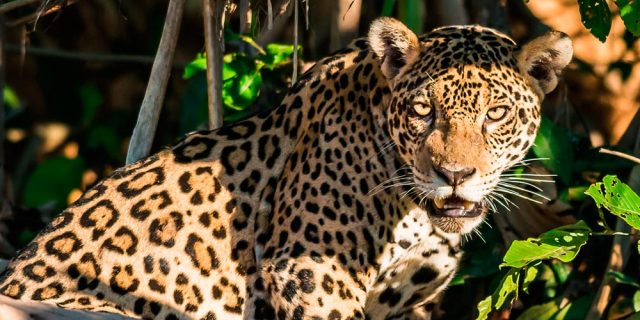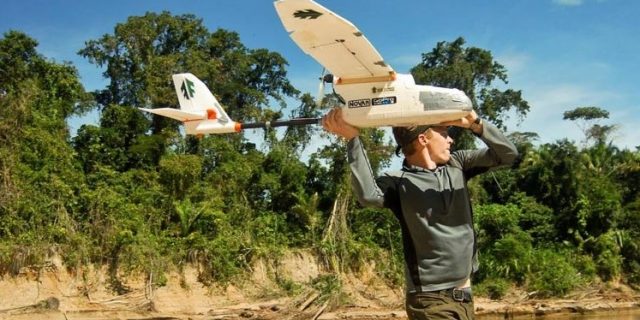
Learn About the Amazon Rainforest
Connecting you with the rainforest
volunteer and internship programs, workshops, field courses, online learning and more
Amazon Academy is our programming arm and learning portal. Together with our partners we develop educational programs in the Amazon and generate media, art and informative content for sharing.
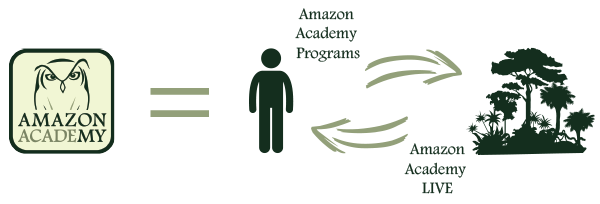
Bringing you to rainforest and sharing rainforest with the World.
Amazon Academy Programs
Take part in our programs in the Peruvian Amazon
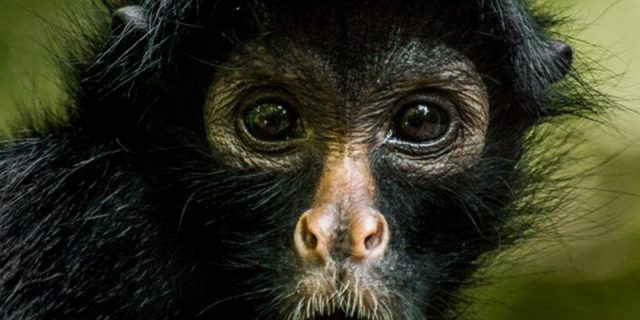
PRIMATE CONSERVATION RESEARCH
ARCAmazon is looking for volunteers and interns to assist us with applied research of wild and endangered primate groups in the remote, primary rainforests of the Peruvian Amazon. Volunteers and interns will support the vital work of our Primate Conservation Research Team, based at the Las Piedras Amazon Center (LPAC). Our task is to better understand the current status–and support conservation action–of the endangered Peruvian black spider monkey (Ateles chamek) and at least 9 other species of primate found in the Las Piedras Watershed. Research undertaken by the primate team helps us determine conservation strategies for ARCAmazon and its partners…
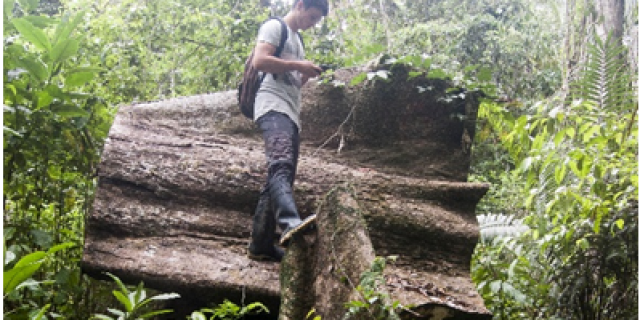
Forest Ranger Program
Work alongside, support & learn from ARCAmazon's forest rangers during their daily mission to study and protect 4,500 hectares of important forest in Las Piedras
Amazon Academy LIVE
Browse through our online learning portal and learn about the Amazon rainforest
The Call of the Wild
Did you know biodiversity can be monitored by recording the sounds of the forest? The forest is full of animals calling one another at specific frequencies so by recording and identifying these sounds scientists can establish which species are present. One study on grasshoppers could show the difference between primary rainforest and more disturbed secondary rainforest by identifying ‘gaps’ in the frequencies of communication. Some of the most distinctive sounds in the forest include the calls and mimicry of the Oropendolas in the morning and the distinctive howl of the howler monkey, which has a pneumatized hyoid bone, meaning it’s call reverberates through a hollow neck bone to travel up to three miles (five kilometers) through the tropical forest.
ARCtv – Amazon Research and Conservation TV
What is ARCTV?
ARCTV (Amazon Research and Conservation TV) is a fun series of short natural history documentaries focused on rainforests. The series is produced by volunteers working in the Amazon. ARCtv aims to inspire tomorrow’s explorers, scientists and conservationists.
The ARCTV series can be downloaded and shared freely for educational purposes. For example, you can distribute them at a local school. The videos can’t be used or reproduced for commercial purposes (for monetary gain or the promotion of any private entity) without express permission from the Alliance for Research and Conservation in the Amazon (ARCAmazon) – Creative Commons Attribution-NonCommercial-NoDerivs 3.0 licence (CC BY-NC-ND 3.0). For more information please contact us.
The Amazon contains 1.4 billion acres of dense forests, half of the planet’s remaining tropical forests, and one in ten known species on Earth
The Boidae Family
The Boidae (boas) are a family of nonvenomous snakes found in America, Africa, Europe, Asia, and some Pacific Islands. In Peru, the best known example of this family is the Anaconda, the largest confirmed record of which was measured at 24 feet. Prey is suffocated and not, contrary to popular belief, crushed to death; in fact, prey is not even noticeably deformed before it is swallowed. Most species in this family give birth to live young. Harry explains more about this fascinating family in the second episode of ARCtv.
The Amazon River basin contains 20% of the world’s fresh water and the surrounding forests produce 20% of the world’s oxygen
Caiman
The smooth-fronted caiman was first described by the German classicist and naturalist Johann Gottlob Schneider in 1801. The genus name Paleosuchus is derived from the Greek palaios meaning “ancient” and soukhos meaning “crocodile”. This refers to the belief that this crocodile comes from an ancient lineage that diverged from other species of caimans some 30 million years ago. The adult smooth-fronted caiman has cryptic habits and is seldom observed by day because it hides in underwater burrows or may spend much of its time up to 100 m (330 ft) away from water, concealed in dense undergrowth, in hollow logs, or under fallen trees. Males are territorial and females have small home ranges. Adults are semiterrestrial and mainly feed on such animals as porcupines, pacas, snakes, birds, and lizards, consuming few fish or molluscs. Hatchlings feed mainly on insects in their first few weeks, graduating to larger prey as they grow. Juvenile mortality is high, but adult mortality is low, although large carnivores such as the jaguar sometimes prey on them. Patrick Champagne tells us more in this episode of ARCTV
GO DEEPER:
CTTV – Camera Trap TV
Jaguars of Las Piedras
The Jaguar (Panthera onca) is the king of the Amazon, and is the largest feline in the Western Hemisphere and third largest in the world. The jaguar is largely a solitary, opportunistic, stalk-and-ambush predator at the top of the food chain (an apex predator). It is a keystone species, playing an important role in stabilizing ecosystems and regulating the populations of the animals it hunts. As this footage shows, the Las Piedras is an important habitat for this feline, which is classified as Near Threatened due to habitat fragmentation and loss.
While Las Piedras remains largely unstudied, our preliminary research (by Fauna Forever) suggests an extraordinarily large complement of wildlife species. In the small area we have studied in the lower Las Piedras we have recorded over 40 medium to large-bodied mammals including cats: Jaguar, Ocelot, Margay, Puma and Jaguarundi; over 10 monkey species including Black spider monkey, Black-headed night monkey, Red howler monkey, Gray’s bald faced saki, and Saddle-backed tamarin; as well as many other enigmatic mammals such as the Short-eared dog, Giant armadillo, Giant anteater, Grison and Brazilian tapir. Las Piedras reports approximately 600 species of bird, almost half the total for the Amazon, with additions still being made to this list. The list includes Black-faced cotinga, Rufous twistwing, Harpy eagle, Ornate hawk Eagle, Solitary eagle, Migrant osprey, 12 species of psitticid, aracaris and toucans, Boat billed heron, and Rufous vented ground cuckoo.
The Amazon is an incredibly rich ecosystem and is known to host 40,000 plant species, 1,300 bird species, 3,000 types of fish, 430 mammals and 2.5 million different insects
Go Deeper:
Feature Films from ARCAmazon and Partners
Recently featured documentaries, interviews, creative pieces and news from the alliance.
Recently featured creative Works from ARCAmazon and partners
-
Dreamstarter by Sarah Schlaphoff
This is an oil painting by Sarah Schlaphoff. It was painted from a photo of Lake Soledad, located in the Peruvian Amazon. This lake is where the dream to create ARCAmazon was born.
-
Flooded Forest by Tom Ambrose
This photo was taken in flooded forest along the Las Piedras River by photographer Tom Ambrose in 2014. Visit Tom’s website here:
-
Animal Stones by Sofia Prado
These stones come from the banks of the Las Piedras River. They have been hand painted by Sofia Prado from Mexico. Sofia is an advocate for wild and domestic animal protection.

